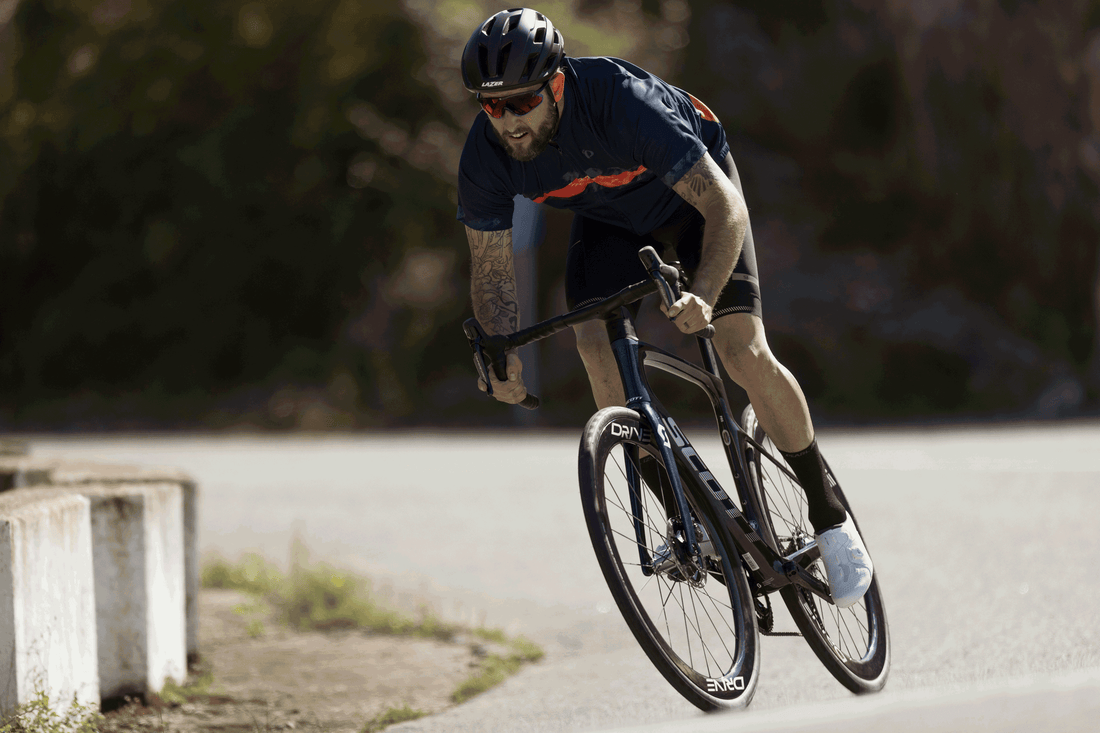
How to pick your sports spectacle
Share
Importanty of Sport Spectacles

How to choose your lenses
- Daytime: Lenses with a VLT typically between 10% and 30% are suitable for outdoor sports in bright sunlight, such as skiing, cycling, and running. These lenses effectively reduce glare and protect the eyes from UV damage.
- Nighttime: For activities in low light conditions, such as night running or indoor sports, it is recommended to choose lenses with a VLT between 70% and 90%. These lenses ensure sufficient light passes through, helping athletes see their surroundings.

- Polarized Lenses: These can reduce glare from reflective surfaces such as water or snow, making them suitable for outdoor activities like skiing and fishing. Outdoors, light is often reflected off flat surfaces like water or snow, creating glare. Polarized lenses work by filtering out these reflected rays, thus reducing glare and becoming a popular choice among outdoor sports enthusiasts, such as those who enjoy fishing or skiing. (For sports such as mountain biking, it is an optional choice.)
- UV Protection Coating: Ensures that the lenses effectively block UV rays, protecting the eyes.
- Anti-Fog Coating: Reduces fogging of the lenses in environments with significant temperature differences, making them suitable for activities where sweating is often.

5.Lens Material: Sports eyewear lenses are often made from polycarbonate (PC), which offers high clarity, good cost-effectiveness, impact resistance, lightweight, and flexibility, suitable for high-intensity sports. In certain activities, splashes of water, dust, or other objects can potentially harm the eyes, so using impact-resistant materials for lenses is crucial. Especially when children engage in outdoor activities, sports eyewear with strong protection is required to safeguard their delicate eyes.
How to choose your frame
- Full-Rim Lenses: Provide better protection and stability, suitable for sports that require high-impact protection.
- Semi-Rimless/ Rimless Lenses: Lighter and offer a wider field of vision, making them suitable for fast-moving sports.

2.Comfort and Fit: During intense activities, the fit and comfort of the eyewear directly affect the wearing experience. A well-designed frame can prevent slipping due to sweat or vigorous movement, ensuring that the athlete's line of sight remains clear at all times.
3.Anti-Slip Design: Fast-paced sports, such as cycling and trail running, require lightweight and impact-resistant lenses to handle the wind pressure and collision risks associated with high speeds. In these situations, durability and stability are crucial to ensure that the eyewear does not slip or break during intense activities. Look for designs with anti-slip nose pads, anti-slip hooks, and temple arms to better secure the glasses on the face and reduce the risk of slipping.

4.Adjustability: Choosing styles with adjustable temple arms or nose pads allows for personalization based on individual needs, enhancing comfort.
5.Style and Color: Select frame colors and styles according to personal preference.Miemie sports eyewear comes in a variety of designs, allowing you to choose one that fits your style.















